Fast charging, especially DC fast charging, allows for quick recharges, making EVs more practical for long trips and busy schedules. However, there are concerns about how this rapid charging method impacts battery health. This article will delve into the effects of fast charging on EV batteries, compare it with slower charging methods, and provide practical advice for maintaining battery longevity.
What Is Fast Charging and How Does It Work in EVs?
Fast charging is a technology designed to significantly reduce the time it takes to recharge an electric vehicle (EV) compared to traditional charging methods. It works by delivering a higher power output directly to the EV's battery, allowing the vehicle to gain a substantial amount of charge in a much shorter period. There are different levels of charging available for EVs, with fast charging typically falling under the Level 3 category.
-
Level 1 Charging: This is the slowest form of charging, using a standard 120V household outlet. It provides about 2-5 miles per hour, making it suitable for overnight charging or for those who drive short distances daily.
-
Level 2 Charging: Often found in homes and public charging stations, Level 2 Charging uses a 240V outlet and can provide about 10-60 miles of range per hour. It is faster than Level 1 and is commonly used for daily charging needs.
-
Level 3 Charging (DC Fast Charging): This is where fast charging comes into play. DC fast chargers bypass the vehicle’s onboard AC charger and deliver Direct Current (DC) power directly to the battery. These chargers can provide up to 80% of the battery’s capacity in as little as 20-30 minutes, depending on the vehicle and the charger’s power output.

How Does Fast Charging Work?
In a typical EV charging scenario, electricity from the grid is supplied as Alternating Current (AC). For Level 1 and Level 2 charging, this AC power is converted to Direct Current (DC) by the vehicle's onboard charger before being stored in the battery. However, in fast charging, the charging station itself converts AC to DC and delivers this high-voltage DC power directly to the battery. This direct delivery allows the battery to be charged at a much faster rate.
Key Components of Fast Charging
-
High-Power Output: Fast chargers typically operate at a power output ranging from 50 kW to 350 kW, far higher than the 3-19 kW typical of Level 2 chargers. The higher the power output, the faster the charging process.
-
Thermal Management Systems: Because fast charging generates more heat due to the rapid flow of electricity, EVs are equipped with thermal management systems to keep the battery within an optimal temperature range. This helps prevent overheating and ensures the battery charges efficiently.
-
Charging Time: The time it takes to fast charge an EV depends on several factors, including the battery’s capacity, the starting charge level, and the power output of the charger. Typically, fast charging is most effective up to around 80% of battery capacity; after this point, the charging speed slows down to prevent overloading the battery.
Fast charging is really helpful when you’re on a long trip and need to recharge quickly or when you’re in a hurry. It makes electric vehicles more practical by reducing concerns about charging times and range.
Is DC Fast Charging Bad for EV Battery?
DC fast charging isn’t necessarily bad for your EV battery, but it can have some impact if used frequently. The main concern with DC fast charging is that it generates more heat compared to slower charging methods. This extra heat can cause your battery to degrade slightly faster over time.

However, modern EVs are designed with advanced thermal management systems to help control the temperature during fast charging, which minimizes the potential negative effects. Occasional use of DC fast charging, especially when you’re on a road trip or in a hurry, is generally fine and shouldn’t cause significant harm to your battery.
The key is balance. If you rely on DC fast charging all the time, you might notice a gradual reduction in your battery’s capacity over the years. But if you mix it with regular charging, like using a Level 2 charger at home for daily needs, you can enjoy the convenience of fast charging without seriously affecting your battery’s lifespan.
For everyday charging, using a reliable home EV charger, such as those from Autel Energy, can help you maintain a balanced approach and keep your battery in good condition.
Is Slow Charging Better for EV Battery?
Yes, slow charging is generally better for your EV battery, especially in terms of long-term health and performance. Slow charging, typically done with a Level 1 or Level 2 charger, delivers electricity to the battery at a lower rate. This gentler approach generates less heat and reduces stress on the battery cells, which can help extend the overall lifespan of your battery.
Here’s why slow charging can be beneficial:
-
Lower Heat Generation: Slow charging doesn’t heat the battery as much as fast charging, which is important because excessive heat is one of the main factors that can degrade battery health over time.
-
Even Charging: Charging more slowly allows the battery cells to charge evenly, which can help maintain the battery’s capacity and performance over the long term.
-
Daily Use: For most daily driving needs, slow charging overnight with a Level 2 charger at home is ideal. It’s convenient and gives your battery plenty of time to recharge without the added stress of fast charging.
While slow charging is better for maintaining battery health, it’s important to remember that occasional fast charging is perfectly fine when you need it. The key is to use fast charging when it’s most necessary and rely on slower charging for your everyday needs to keep your battery in the best shape possible.
How Often Should I Use a Fast Charger for My EV?
Use fast charging sparingly—ideally no more than once or twice a week. Fast charging is useful for long trips or urgent situations when you need a quick boost, but frequent use can stress the battery and lead to faster degradation. For daily driving, rely on slower charging methods, like overnight charging at home. This gentler approach helps preserve your battery’s health and extends its overall lifespan. By balancing fast and slow charging, you can maximize both convenience and battery longevity.
Further reading: 7 Essential Best Practices for Charging Your EV Battery
How Do Different EV Models Handle Fast Charging?
Different EV models manage fast charging in various ways, reflecting their unique designs and technologies:
Tesla Models (e.g., Model 3, Model Y, Model S)
Tesla vehicles are known for their robust fast charging capabilities. They support Tesla’s Supercharger network, which can provide up to 250 kW of power, allowing for a significant charge boost in a short time. Tesla’s advanced thermal management system, including liquid cooling, helps keep the battery at optimal temperatures during fast charging, which reduces the risk of overheating and extends battery life.
Ford Mustang Mach-E
The Mach-E supports DC fast charging up to 150 kW. Its thermal management system helps keep the battery cool, although it’s not as advanced as Tesla’s. Charging speeds can vary based on the battery’s state of charge and temperature, with the most significant gains seen up to around 80% charge.
Chevrolet Bolt EV
The Bolt EV can handle DC fast charging up to 55 kW. While this is lower compared to some competitors, it’s still effective for quick top-ups. The Bolt’s battery management system monitors temperature and charging rates to prevent overheating, but with slower charging speeds, it’s generally less stressed during the process.
Nissan Leaf
The Leaf supports DC fast charging up to 50 kW, making it suitable for quick recharges on longer trips. However, it does not have a charging speed as high as some newer models. The Leaf’s battery management system helps protect the battery during fast charging, though frequent use can still contribute to wear over time.
Rivian R1T and R1S
Rivian’s vehicles support fast charging at up to 300 kW. They come with advanced thermal management systems designed to handle high charging rates effectively. This helps manage heat and maintain battery health, making them well-suited for long-distance travel with quick recharges.
What Are the Alternatives to Fast Charging for Daily Use?
For daily charging needs, slower methods like Level 1 or Level 2 charging are recommended. These chargers are more gentle on the battery, providing a steady and even charge that minimizes stress on the battery cells. Additionally, some EVs come equipped with regenerative braking systems, which can capture energy during braking and convert it back into battery power, reducing the need for frequent charging. Public Level 2 charging stations are also widely available and can be a convenient alternative to fast charging when you’re away from home. By incorporating these alternatives into your charging routine, you can help extend the life of your EV battery.
Conclusion
In conclusion, while DC fast charging is convenient, it’s important to use it judiciously to avoid accelerated battery wear. Balancing fast charging with regular use of a home EV charger can help maintain your battery’s health.
For a reliable home charging solution, consider Autel’s range of products. Their smart EV chargers, including the NACS EV charger and AC EV chargers, offer efficient and effective options for keeping your EV charged while supporting long-term battery health.

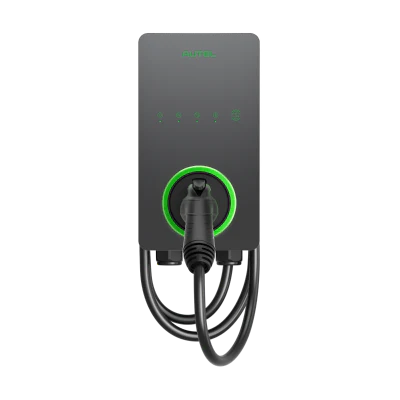
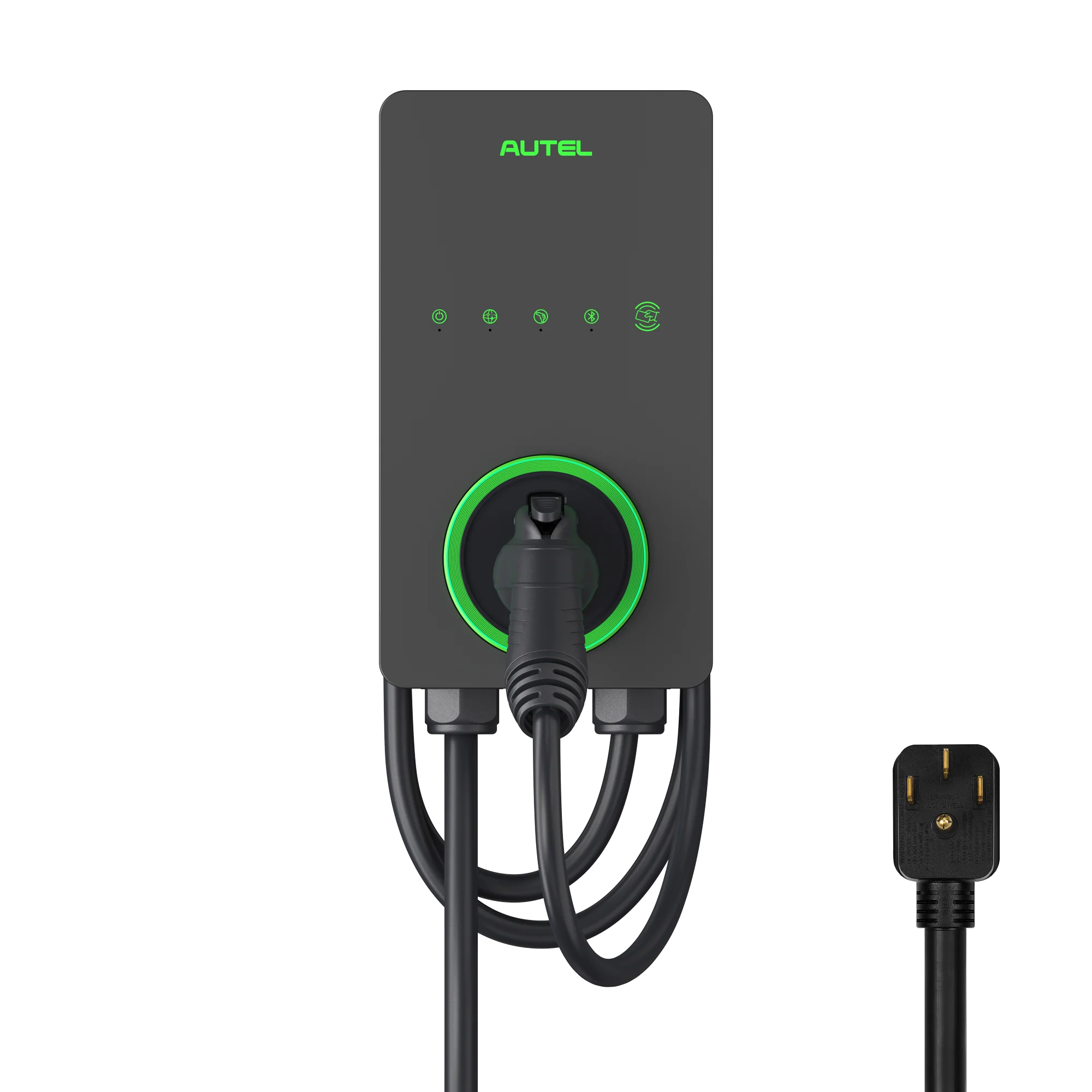
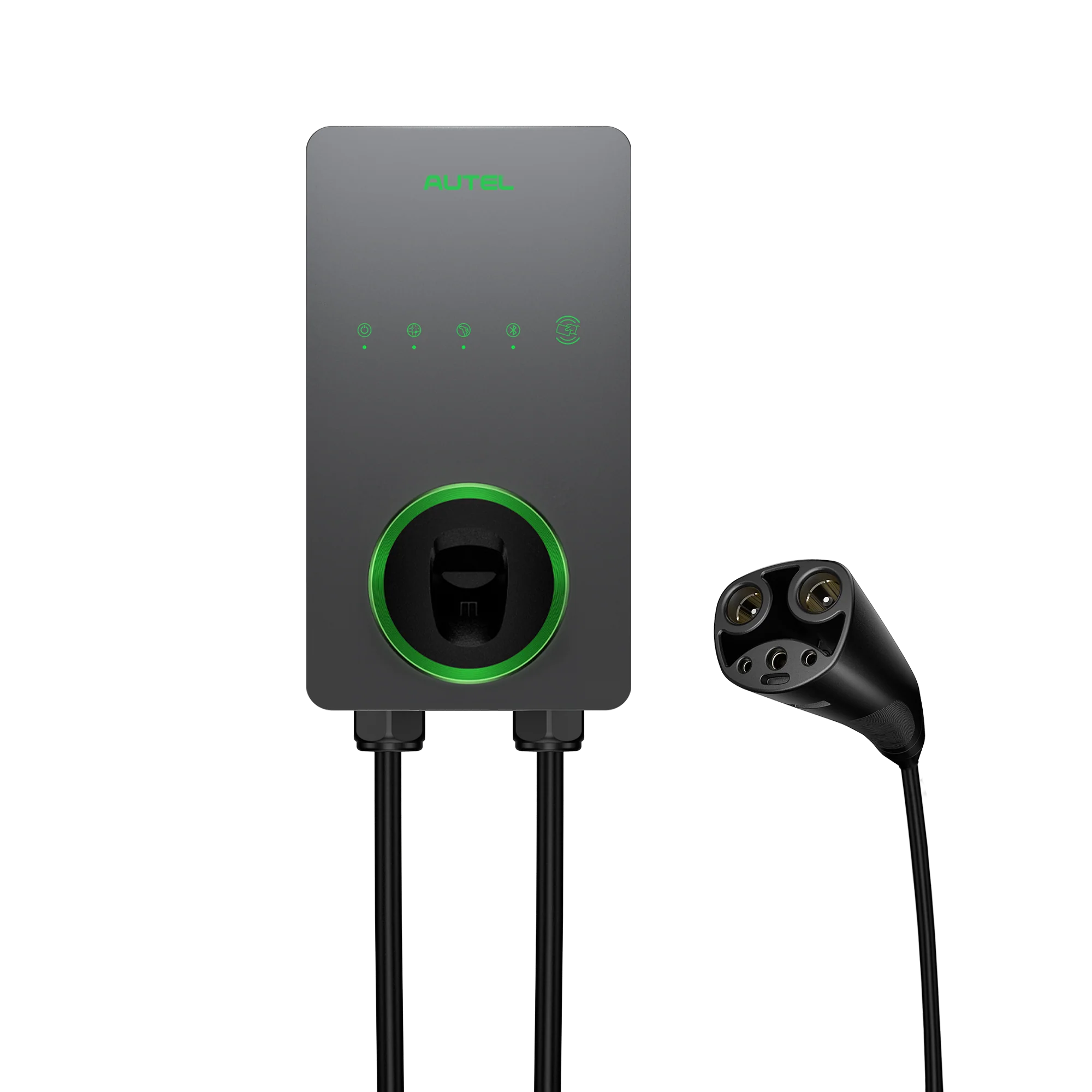
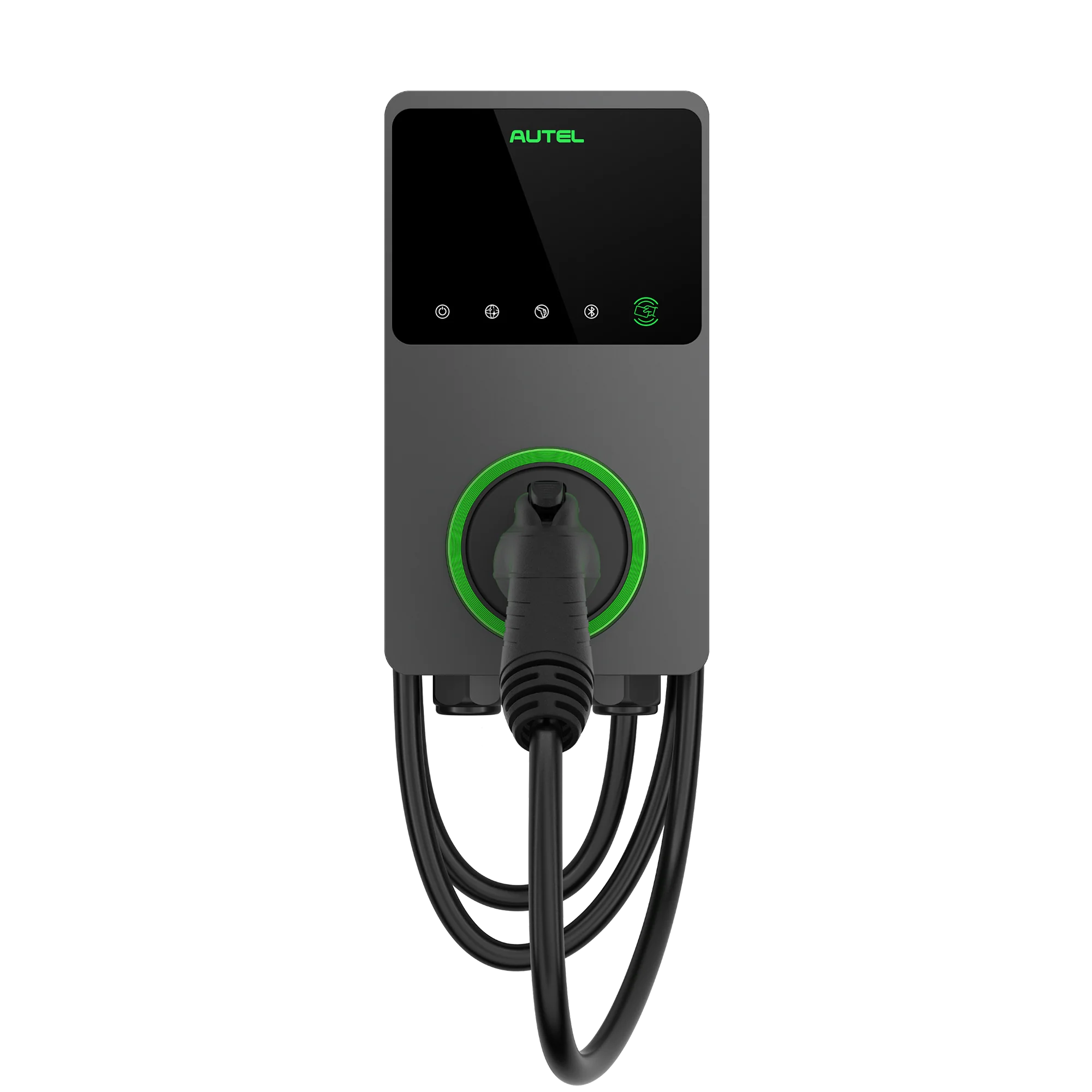
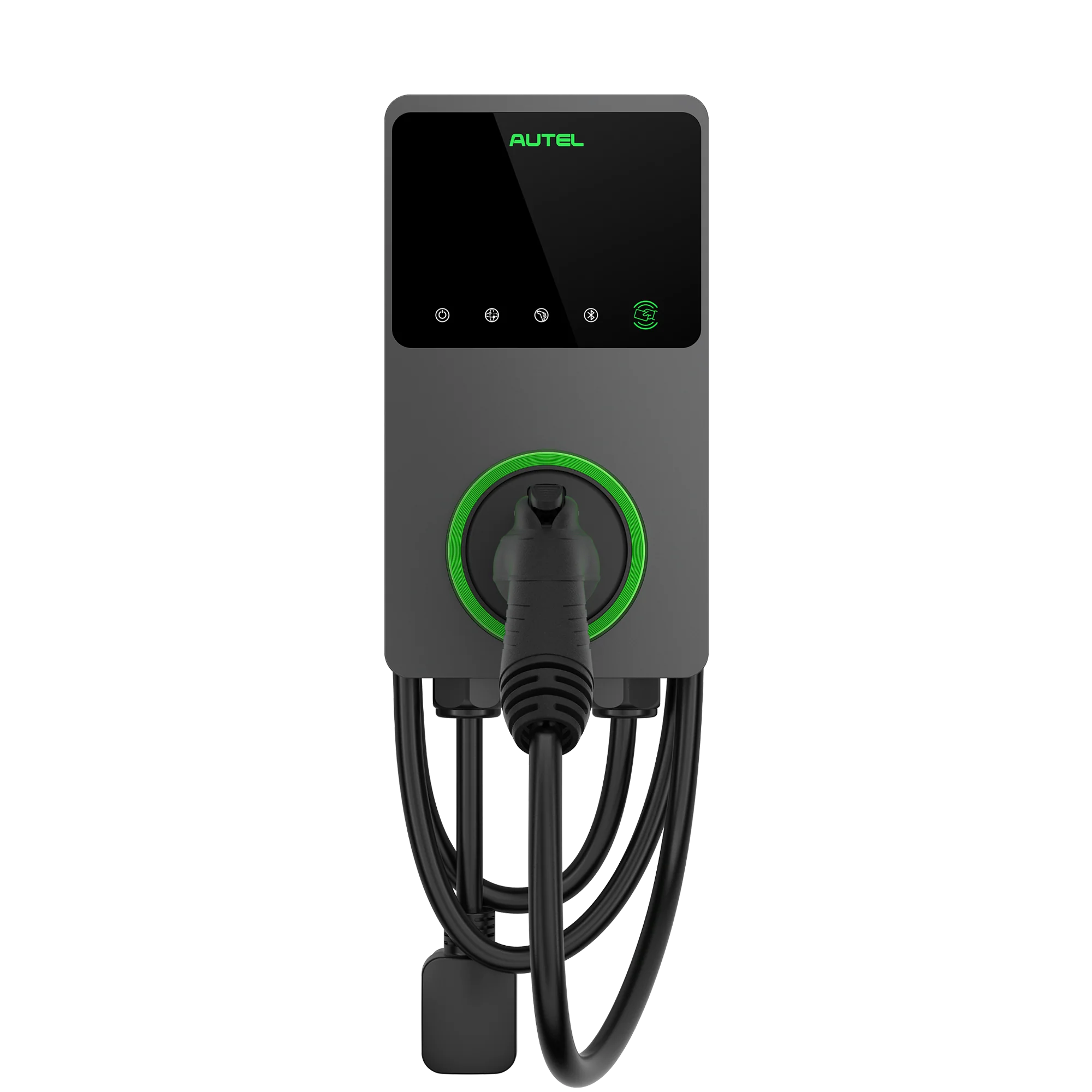
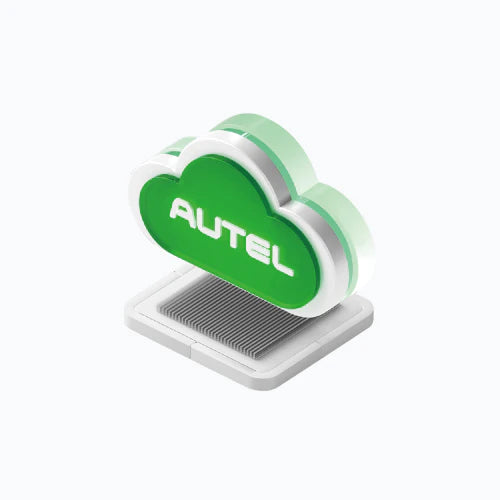
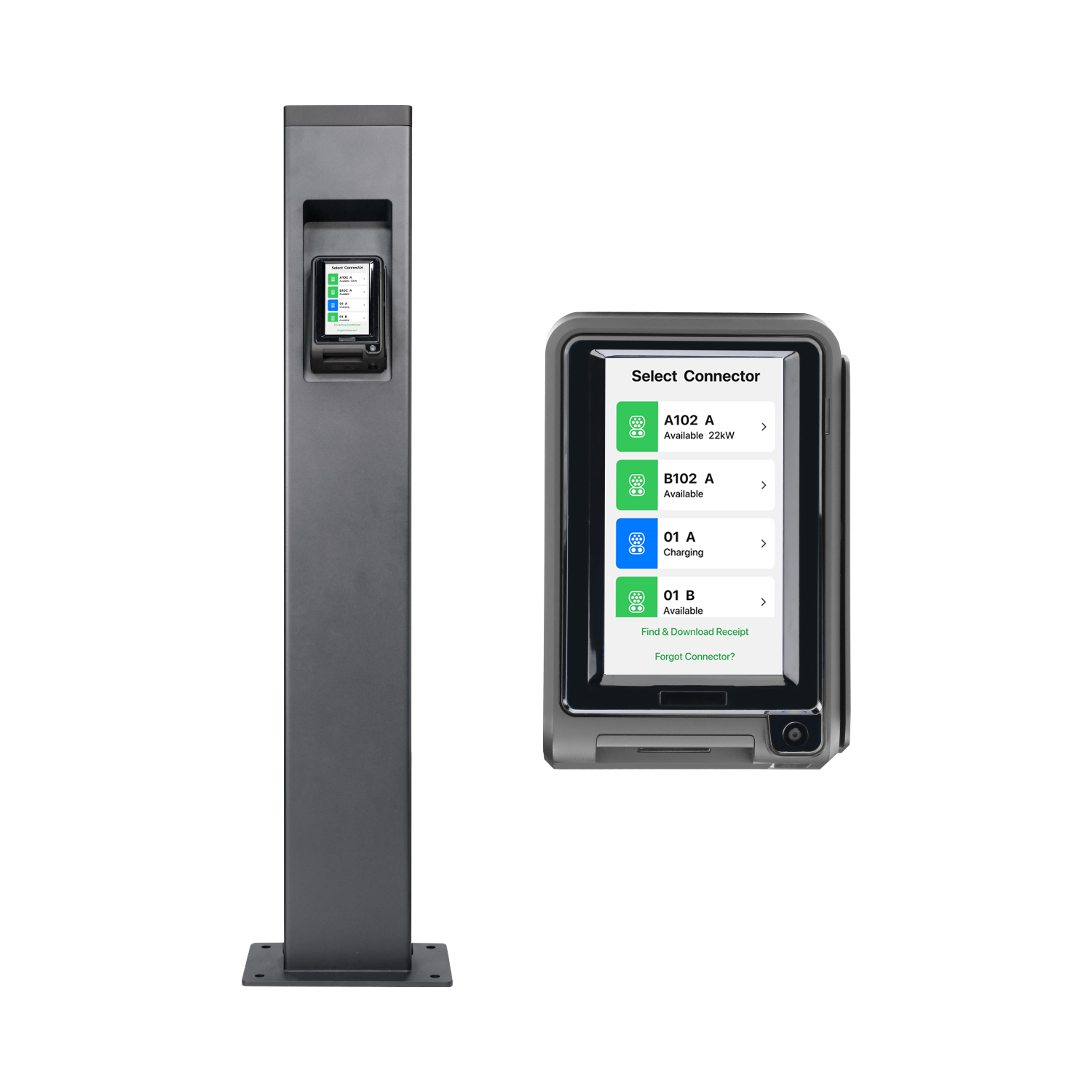
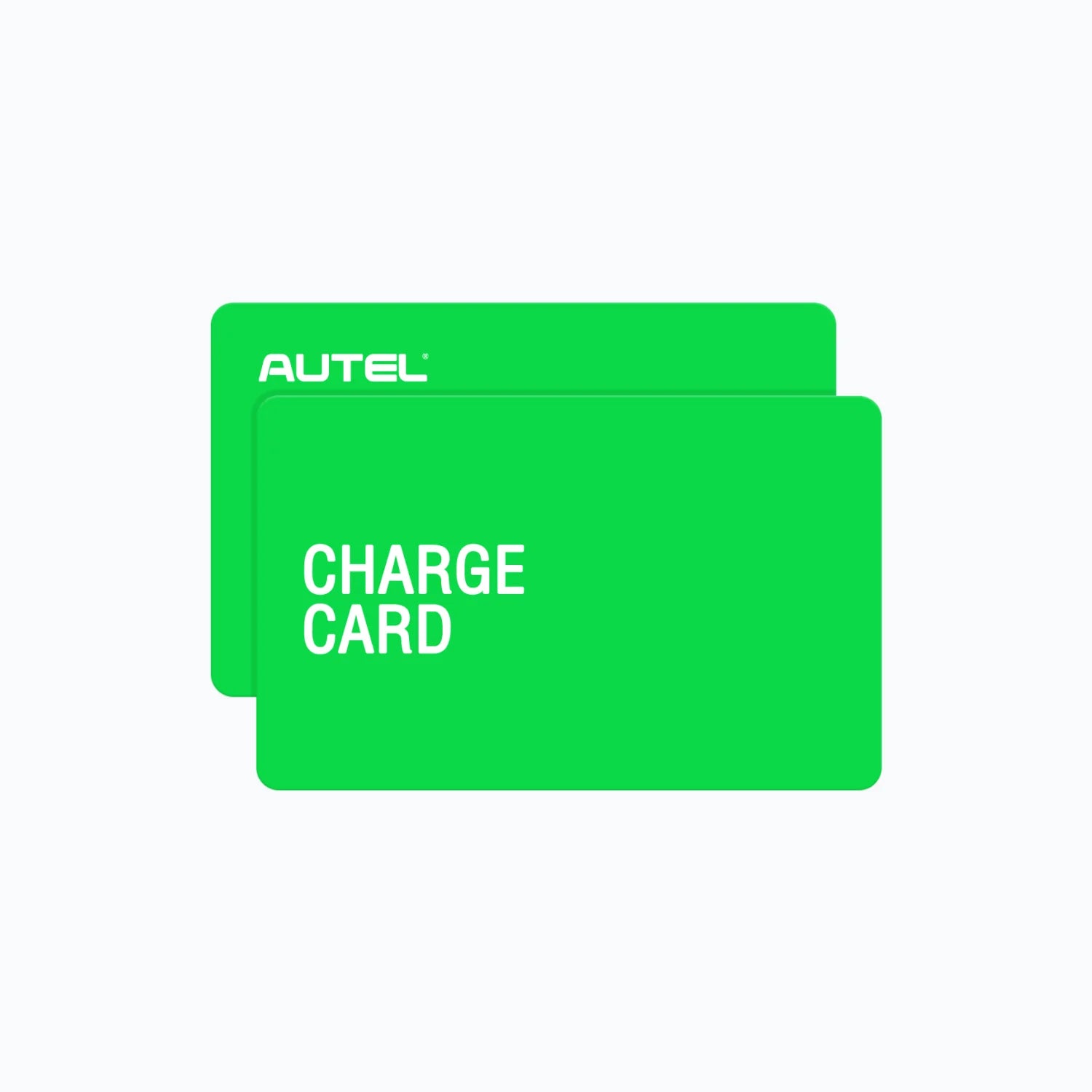
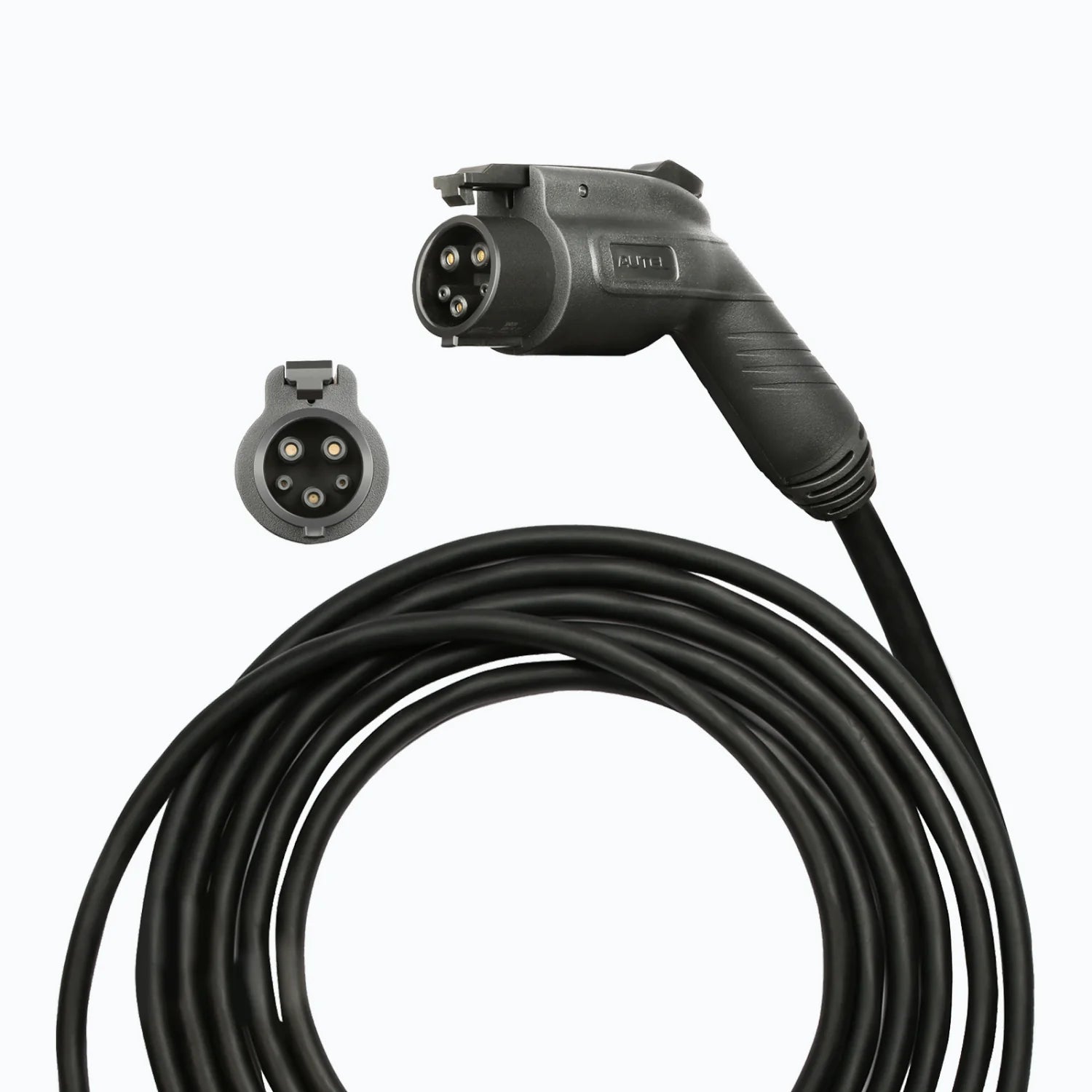
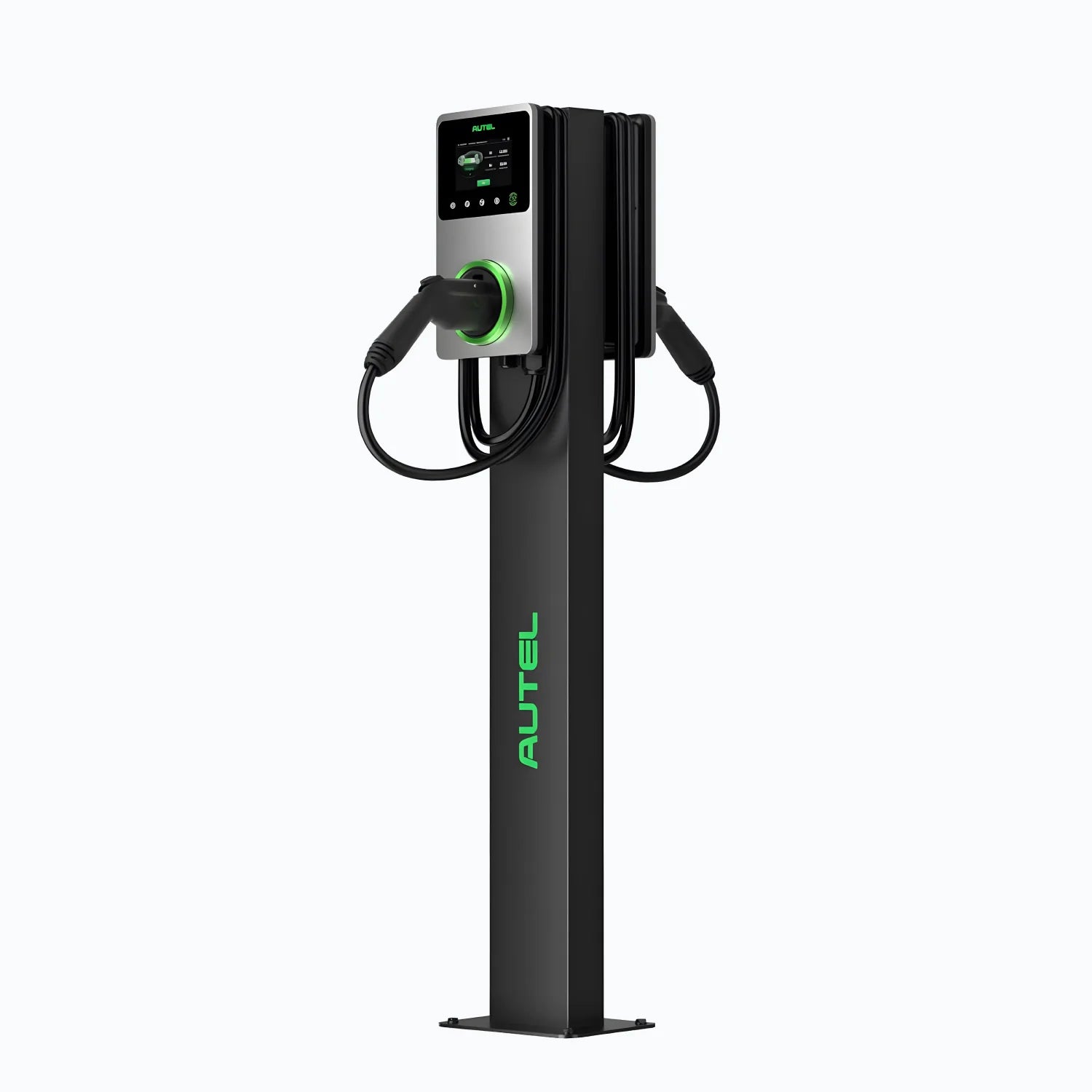
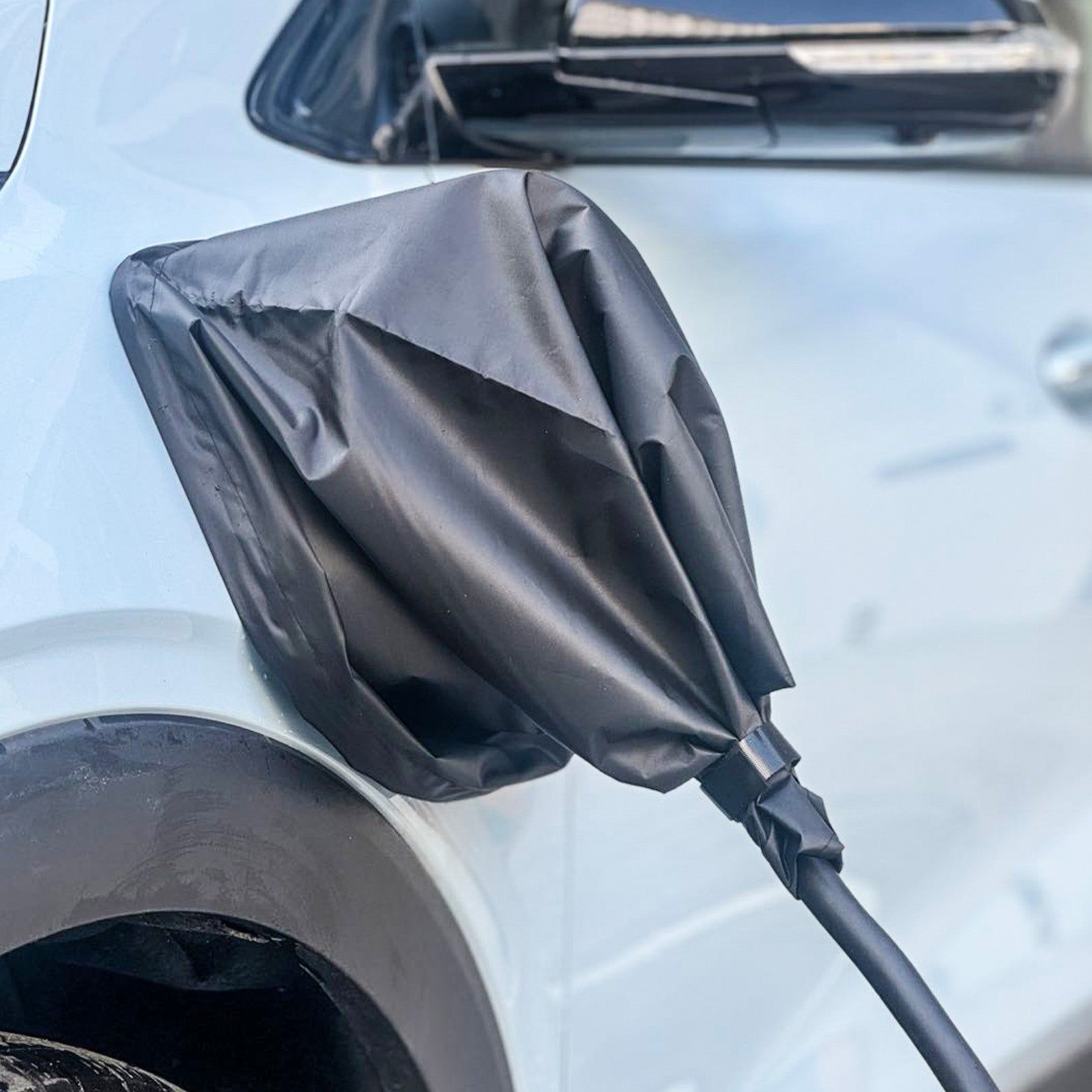
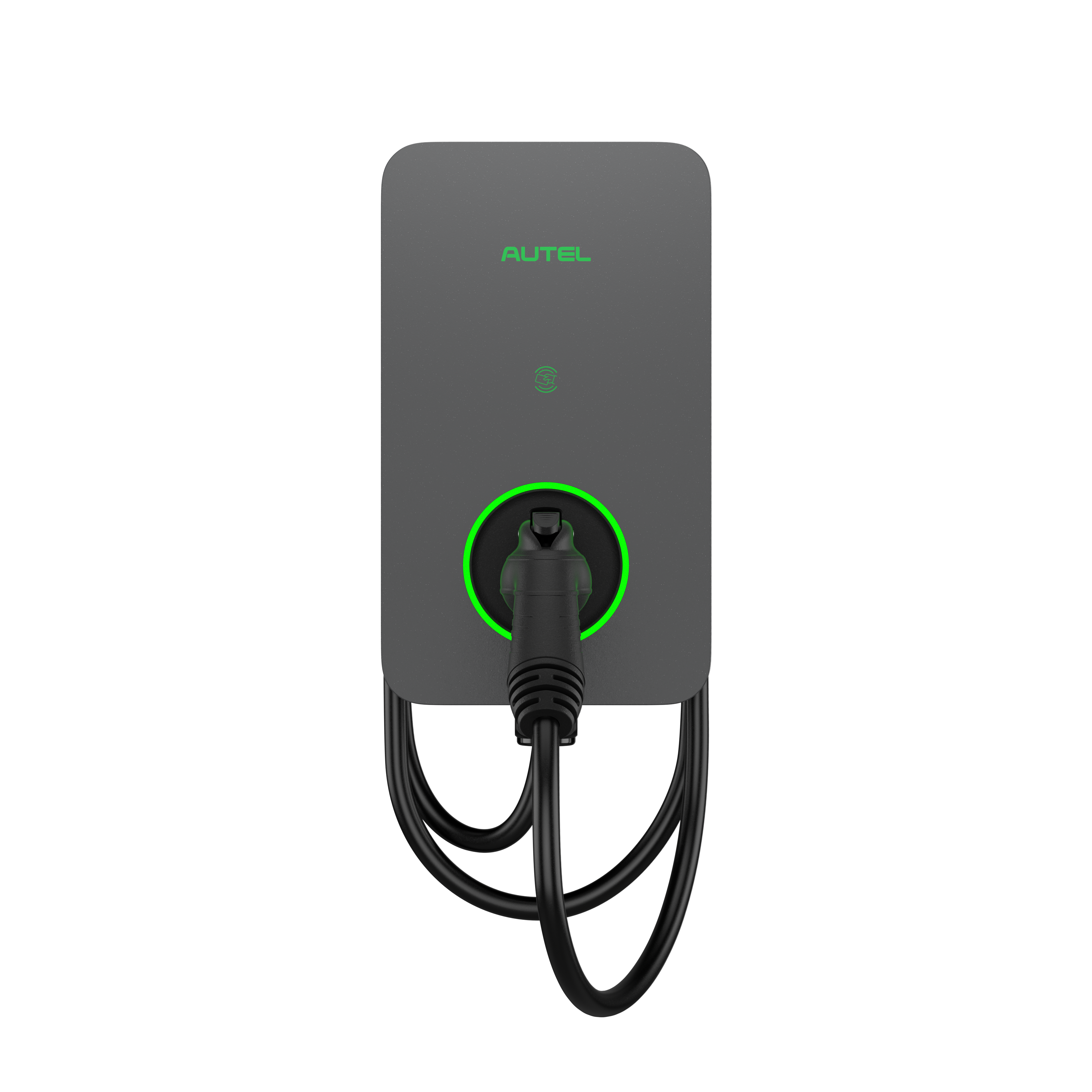
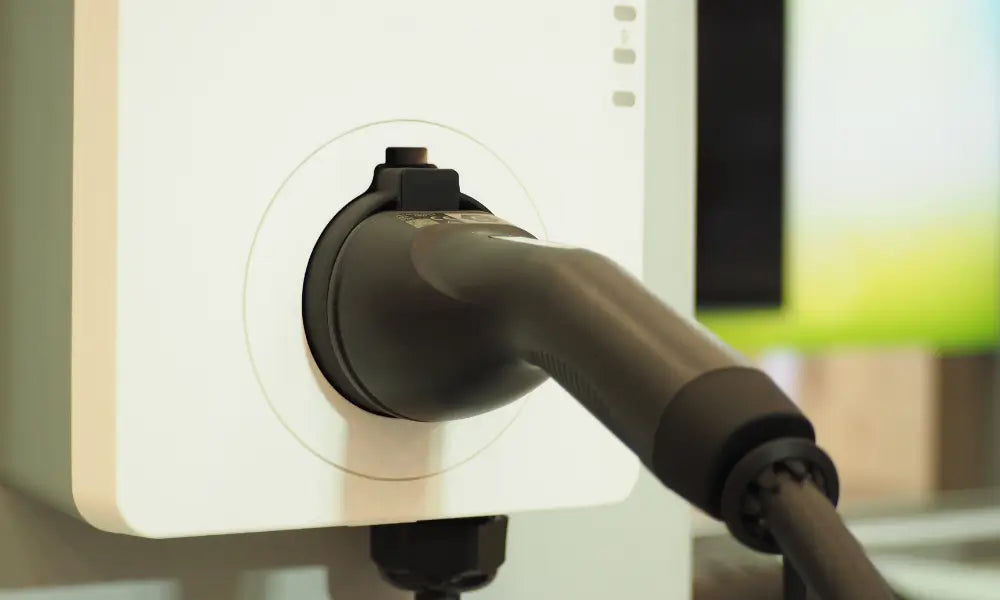
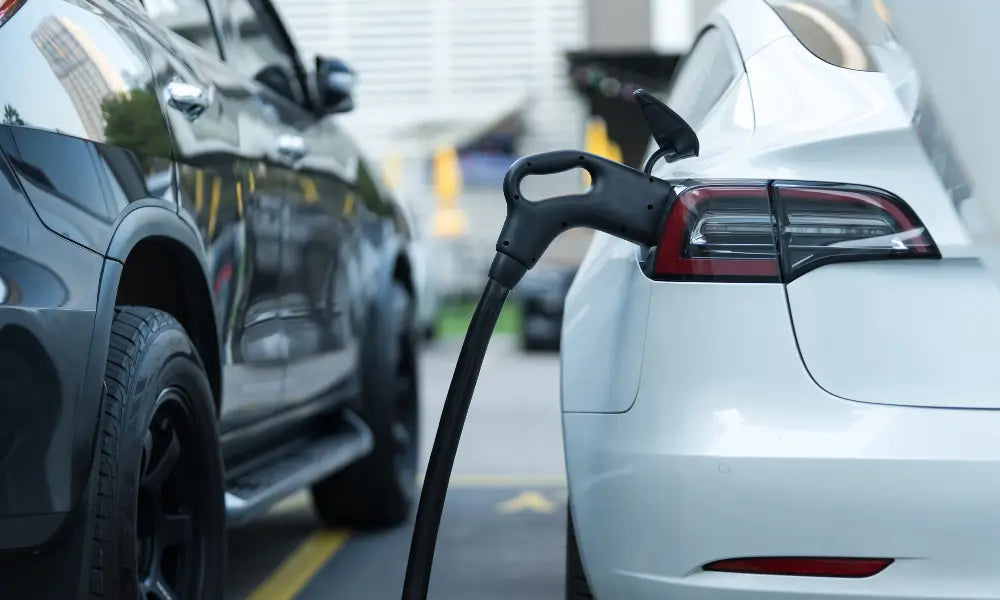

Laisser un commentaire
Tous les commentaires sont modérés avant d'être publiés.
Ce site est protégé par hCaptcha, et la Politique de confidentialité et les Conditions de service de hCaptcha s’appliquent.